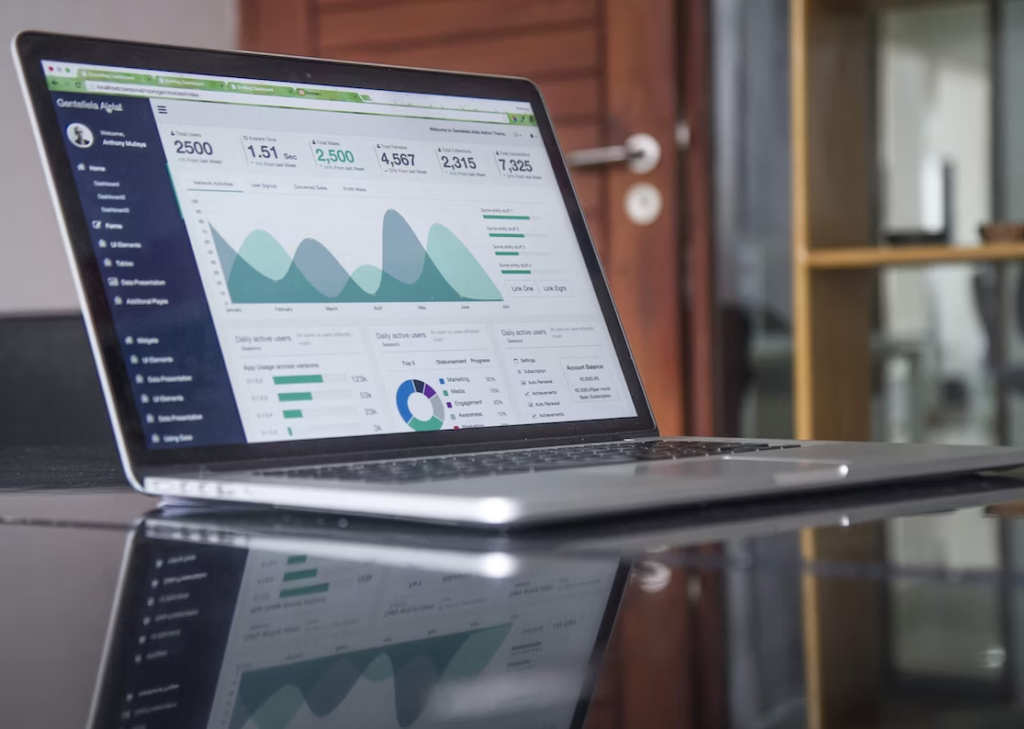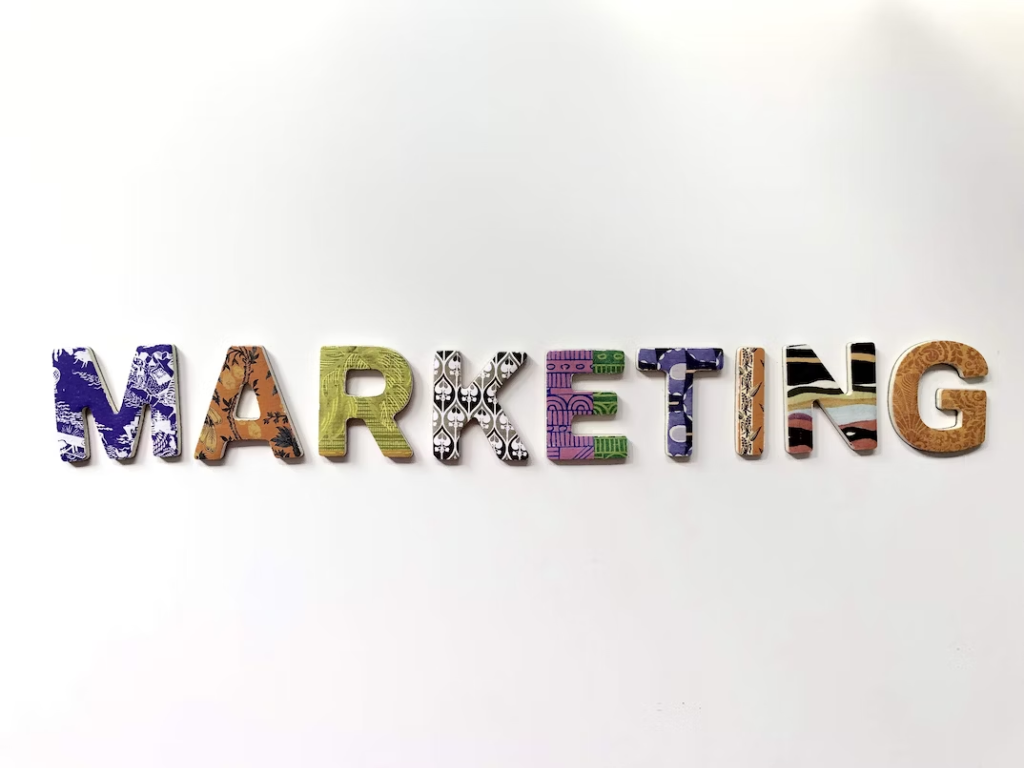Introduction:
Welcome to the era of personalised power!
In today’s fast-paced tech world, Digital Marketing services must constantly update their strategies. Businesses now face the challenge of using the massive amounts of data available to them to create personalized experiences for their customers. Personalization involves tailoring digital and physical experiences to meet the needs of individual users and is used in emails, website content, ads, and other communication channels. The benefits of personalization in Digital Marketing include building strong customer relationships, improving profits, and enhancing brand loyalty. This blog explores how Digital Marketing services use personalization to engage and retain customers in the digital age.
What is Personalisation?
Personalized information and experiences are tailored to each customer, turning raw data into targeted messages that build stronger relationships. This approach creates customized content and offers, enhancing the digital customer experience.
Personalization relies heavily on data. It uses information from a user’s browsing history, purchases, demographics, and other interactions to customize content based on their preferences.
The goal of personalization is to create a unique digital experience by delivering content tailored to each customer’s needs and wants. Understanding what your customers want helps you provide them with a customized experience. Personalization helps businesses build stronger relationships with customers and increase sales.

How can Personalisation create unique customer experiences?
Personalization helps make customers feel valued and boosts their loyalty to a company. To create relatable experiences, businesses combine data analysis with creative content design, shaping a digital customer experience strategy. Today, companies are personalizing the customer experience in several ways:
- The first way is by offering algorithm-driven recommendations for products, information, and deals tailored to each customer.
- Second, customize your offerings by considering each customer’s browsing history, likes, and dislikes. This includes personalized ads, emails, and websites.
- Third, use chatbots and automated services to answer customer questions instantly.
- Finally, engage with customers based on their current activity by sending timely, relevant messages, such as notifications triggered by a purchase or site visit.
Personalization in digital marketing can significantly improve customer experiences. To make these connections meaningful, companies need to use data-driven insights. When done right, personalization helps you connect with customers emotionally and stand out from the competition.

Personalisation and Customer Loyalty
Personalization and customer loyalty are closely connected. By offering personalized services, companies can boost customer loyalty and improve the overall experience. Here’s how businesses can use customization to win back customers:
- Offer customers personalized incentives like “free shipping on your next order” or “10% off your next purchase.”
- Use their purchase history to send targeted messages, such as “We noticed you haven’t shopped with us in the last two weeks. Enjoy 20% off your next order.”
- Create an online community where your customers can connect and engage with each other, enhancing their experience with your brand.
- A friendly reminder about an upcoming purchase or a re-engagement email can make customers feel valued and encourage them to return to your site.
Customers are more likely to stay loyal if they feel you care about their needs. Personalization improves their experience, leading to greater brand engagement. This boosts loyalty, customer satisfaction, and sales.
How to get started with Personalisation in your marketing
If you want to incorporate personalisation in your digital customer experience strategy, here are few things which can be of use-
- Start by gathering information about your customers’ experiences with your company through surveys, emails, and other channels. Understand their experiences, track their buying habits, and pay attention to their demographic and psychographic details. This knowledge will help you personalize your communications.
- Develop a persona for each type of customer by collecting data on their demographics, buying habits, and other traits. This information is key to customizing your content to meet the unique needs of each persona.
- Third, use smart automation to collect, analyze, and segment data, helping you deliver a more personalized experience for each customer.
- Fourth, create content tailored to each customer using the data you’ve gathered. This can include personalized newsletters, emails, and product recommendations designed to resonate with them.
To learn what works and what doesn’t, it’s important to review the success of your automated campaigns and analyse the actions of individual customers.
Using customer data enables the creation of targeted, unique promotions. This leads to more positive interactions, increasing both engagement and loyalty.

The Power of Personalisation – Case Studies
Numerous companies, both big and small, have discovered that customization pays benefits.
- Starbucks is a great example. They used the “My Starbucks Rewards” program to learn more about their customers and personalize their offerings. Through this program, Starbucks tracked customer preferences and sent tailored emails and recommendations. After launching the rewards system, their revenue grew to $2.56 billion, with the app driving around 6 million monthly transactions (22% of all U.S. sales).
- Cadbury provides another great example. Inspired by the success of Facebook’s personalized videos, Cadbury created its own personalized campaign focused on customers’ chocolate preferences. The campaign, held in Australia, invited users to visit Cadbury’s Facebook page. Cadbury then used information from their profiles to create a unique video featuring their Facebook photos and other details. The video ended by revealing the customer’s favorite Dairy Milk chocolate. The campaign was highly effective, achieving a 65% click-through rate and a 33.6% engagement rate.
These are just a few examples of how companies can benefit from digital marketing and personalization. To boost customer loyalty, revenue, and engagement, personalization is essential.

Conclusion
Incorporating a personal touch is a fantastic strategy for captivating your customers and delivering a distinctive digital customer experience. Furthermore, it serves as a powerful tool within Digital Marketing services, offering the potential to boost customer engagement, revenue, and organizational loyalty.
Personalization isn’t just for digital marketing anymore; it’s now a key part of modern life. Customers expect personalized service from the brands they support. Whether it’s a message or a purchase, customization is everywhere. As technology advances, businesses will have even more opportunities to offer tailored services to their customers.
You should now better understand the importance of personalization. Companies like Starbucks and Cadbury have successfully used it to their advantage. With the right approach and tools, you can also use personalization to offer unique services to your customers.
Also Read: Why Digital Marketing is Essential for Business Growth in India’s Booming Economy
